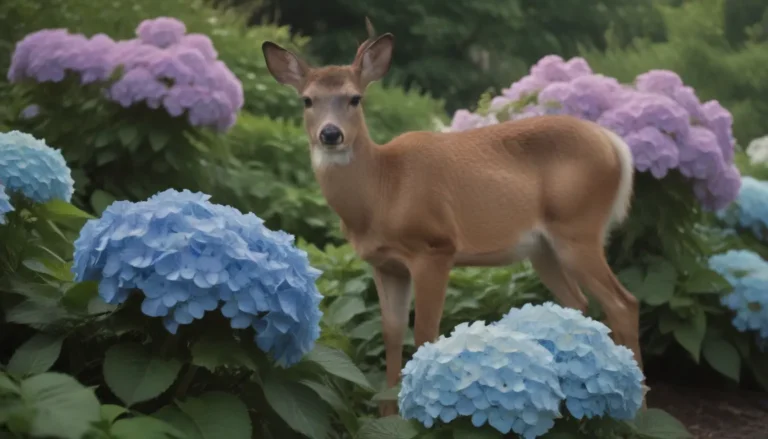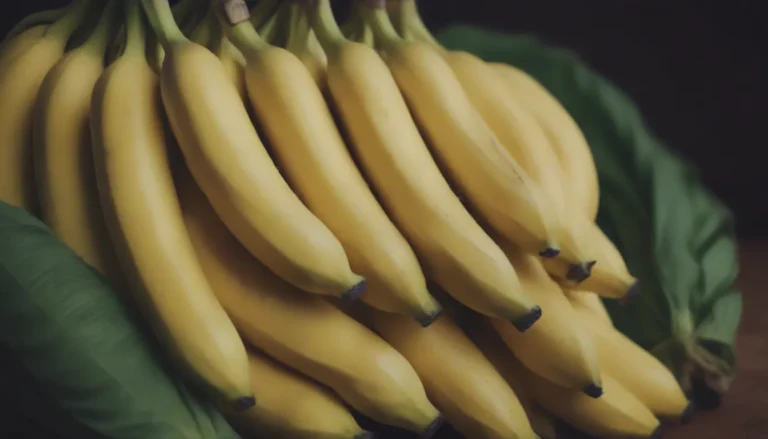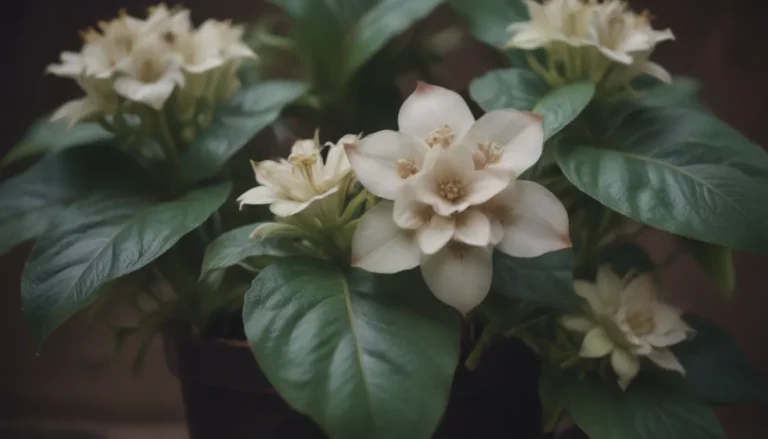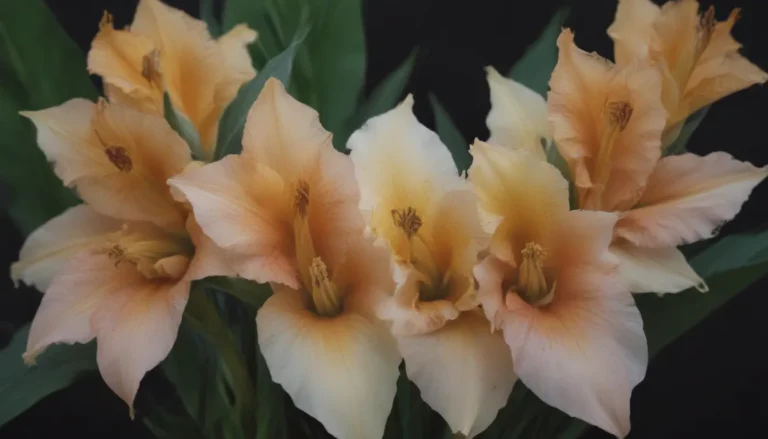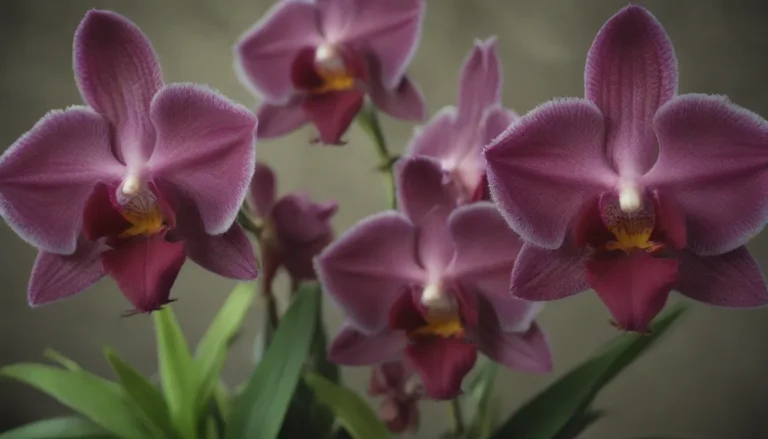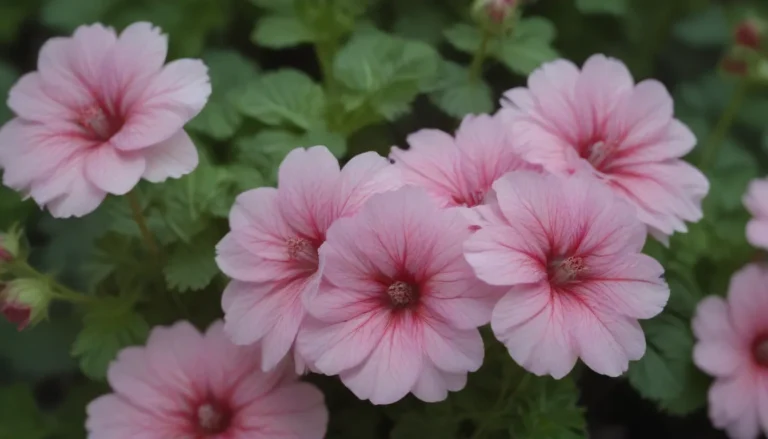The Ultimate Guide to Growing and Caring for Flax Plants

Flax (Linum usitatissimum) is a versatile plant that can add a touch of whimsy to any garden. Not only is it easy to grow, but it also offers a variety of practical uses, from its fiber and oil to its nutritious seeds. In this comprehensive guide, we will take you through everything you need to know to successfully grow and care for flax plants in your own garden.
Understanding Flax Plants
Flax plants are erect annual herbs that can grow up to three feet tall. They are known for their numerous flat gray-green leaves and delicate pale blue flowers. When it comes to growing flax plants, there are a few key care requirements to keep in mind.
Main Care Requirements
Here are the main care requirements for growing a flax plant:
- Light: Flax plants require full sun and cannot thrive in shade.
- Soil: Flax plants prefer slightly acidic to neutral, fertile, and well-drained soil. Sandy or loamy soil is ideal. If your soil is poor, mix in organic matter such as compost or manure before planting.
- Water: Flax plants need regular watering to thrive. Ensure the soil is kept consistently moist, but not waterlogged. Consider using a thin layer of mulch to help retain moisture and keep weeds at bay.
- Temperature and Humidity: Flax plants grow best in temperatures ranging from 65 to 70 degrees Fahrenheit and prefer a relative humidity of about 75%. They are frost-tolerant plants.
- Fertilizer: Flax plants are sensitive to fertilizer, so avoid using it as it can harm seedlings. In general, flax plants do not require additional fertilization.
Propagating and Growing Flax Plants
While flax plants can be propagated from stem cuttings, most gardeners prefer to grow them from seed due to their annual nature. Here’s how you can grow flax plants from seed in your own garden:
- Starting Seeds: Start seeds indoors six to eight weeks before the last frost. Transplant seedlings into larger containers to prevent them from becoming root-bound.
- Potting: Flax plants can also be grown in containers. Choose a container with good drainage and fill it with potting mix (without fertilizer for container-grown plants). Opt for shorter varieties of flax plants when growing in containers.
- Overwintering: Flax plants are frost-tolerant and do not require overwintering in cold hardiness zones.
Common Pests and Diseases
Like any plant, flax plants are susceptible to pests and diseases. Some common pests that may affect flax plants include flax bollworms, grasshoppers, cutworms, and potato aphids. Keep an eye out for signs of pests and take action promptly if an infestation is detected.
Encouraging Blooms
Flax plants bloom in late spring to midsummer, with flowers that only last for a day but are abundant. If you want to encourage more blooms, consider cutting back the plant by half after the first bloom. However, be mindful of the climate in your region, as cutting back may not be suitable for plants in hot climates.
Harvesting Flax Seeds
Most flax plants will mature in 90 to 120 days. To harvest seeds, uproot the entire plant and hang it upside down to dry for three to five weeks. Flax plants prefer abundantly moist soil during the growing season and warm, dry conditions during the harvest of seeds and fiber.
In conclusion, growing and caring for flax plants can be a rewarding experience, whether you’re interested in their practical uses or simply enjoy their wild beauty in your garden. By following these tips and guidelines, you can successfully cultivate flax plants and enjoy their beauty throughout the growing season.
Remember, flax was one of the first crops domesticated by humans and has a long history of use for its fiber. Today, we are rediscovering the many benefits of this versatile plant and appreciating its value in both the garden and beyond. So why not add a touch of whimsy and practicality to your garden by growing flax plants today?
